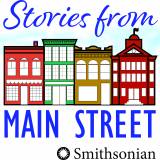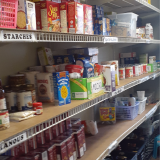The History of Arthurdale, West Virginia
Story Narrative:
Introduction:
In collaboration with Arthurdale Heritage, fourth and fifth graders from West Preston School and a group of local homeschool students developed five videos that explore the history, tourism, nature, and agriculture of Arthurdale, West Virginia. Students learned to conduct oral history interviews, draft scripts, and tape and edit videos. The students premiered their films to local residents, who were impressed with their careful research and considerable digital skills!
Media Files:
-
Watch Arthurdale's story (includes burned in captions)
-
Audio version of Arthurdale's story.



